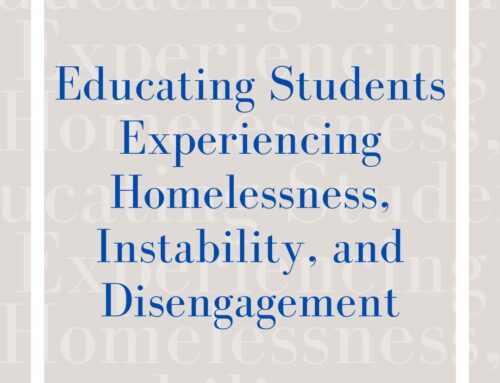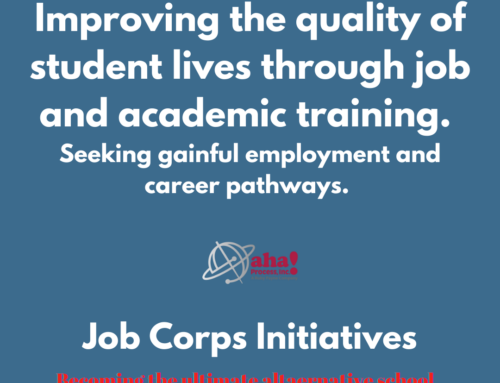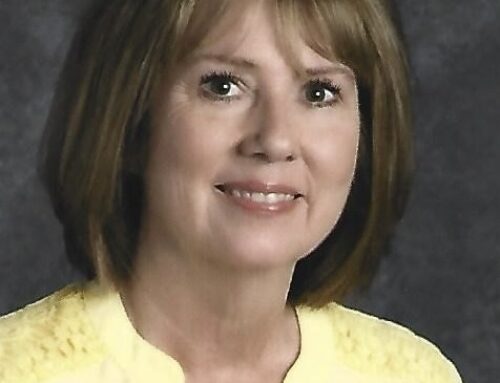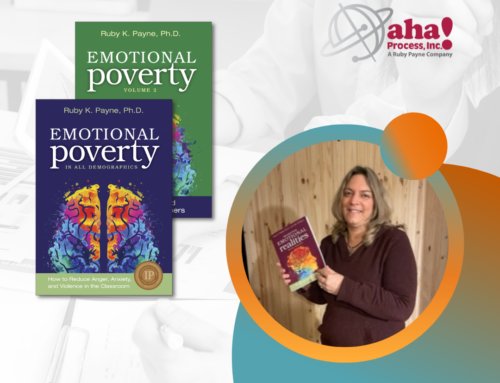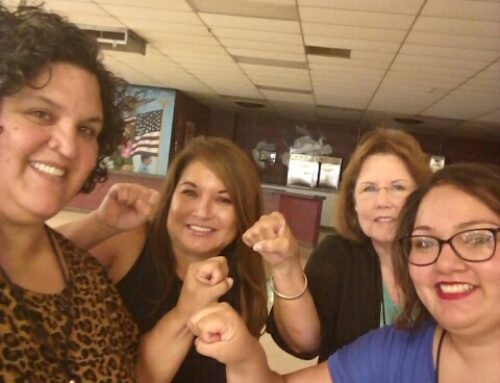aha! Process consultant Jim Littlejohn’s article “‘What Was He Thinking?’ and Other Adolescent Male Mysteries” was a cover story in the September issue of the magazine of the Association for Middle Level Education (AMLE). Earlier this year, Littlejohn edited the revised edition of Boys in Crisis: Why It Matters and What You Can Do About It by the late Dr. Paul Slocumb, and he carries on Slocumb’s legacy as the primary presenter of workshops based on the book.
Littlejohn’s article for AMLE discusses how adolescent males make decisions—and why their choices often seem poorly considered at best. He takes up the nature vs. nurture debate, and explores in equal measure peer pressure and neuroscience. Littlejohn also cites “the boy code” as a set of rules and expectations that keeps boys from expressing their true selves. He ends by offering strategies for communicating more openly with boys.
AMLE Magazine is available to AMLE members in print, online, and in app form. The following is an excerpt from Littlejohn’s piece:
One of your students broke his leg after jumping off a roof to dunk a basketball. You ask him, “Why did you do that?” and regardless of the pain and the truly heartfelt regret that he broke his leg, he responds, “I don’t know.”
Almost every middle level educator and parent of an adolescent boy has asked, “What was he thinking, and why did he do that?” The simplest answer is this: he probably wasn’t thinking, and he may not know why he did it.
This answer pleases no one. We want a specific rationale for the behavior so we can help the boy identify a more appropriate action so he will not do it again. Why do adolescent boys behave in ways that appear irrational and dangerous? Is it nature or nurture or a combination of the two?
Through aha! Process, Jim Littlejohn provides training and consulting services for Boys in Crisis, Bridges Out of Poverty, Understanding and Engaging Under-Resourced College Students, A Framework for Understanding Poverty, Research-Based Strategies, Motivation, Dropout Prevention, 9 Systemic Processes, Coaching for Social Studies Curriculum, Classroom Discipline, and Working with Parents. To learn more about these workshops, click here.

